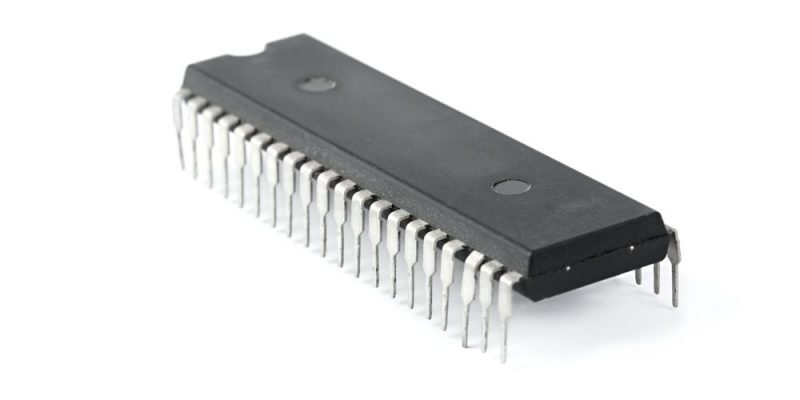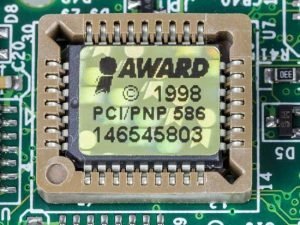

DRAM: Dynamic random access memory (DRAM) is a type of RAM that stores data using a pair of transistors and capacitors.It is generally not replaceable by the end user. SRAM is generally used as a cache memory for processors. SRAM: Static random access memory (SRAM) is a type of RAM that stores data using a 6- transistor memory cell.Now, let’s look at two main types of RAM available in the market. These days, motherboards come with more than one RAM slot, which gives you the flexibility to increase your RAM capacity, enabling better operational speed and computational performance. RAM: Random Access Memory If you ever open up your computer cabinet (computer tower), you will find one (or two) oblong chips installed in a slot on the motherboard.

However, there’s a fair amount of the populace that can’t really distinguish between RAM and ROM and wouldn’t be able to explain how they function differently! As always, let’s brush away the cobwebs surrounding these common and useful tech terms. You certainly would have learned about them in your computer class, or perhaps you recognize the terms and at least know they are related to computer memories. That being said, RAM is more commonly encountered by the common person. If you’re not an alien reading this from a galaxy far, far away, then you have probably heard these terms countless times- RAM and ROM. ROM can hold data even without electricity, while RAM needs electricity to hold data.ROM is non-volatile memory, while RAM is volatile memory.ROM is a form of permanent storage, while RAM is a form of temporary storage.The differences between ROM (Read Only Memory) and RAM (Random Access Memory) are: ROM is a type of computer memory that stores data that has been pre-recorded. It is included for completeness as a record of the addresses it occupies as a ROM bank.RAM is a type of computer memory that stores data that is currently being used so that the processor can access it quickly. RAM Table Hex Addressįree BASIC program storage area (38911 bytes)įree machine language program storage area (when switched-out with ROM)įree machine language program storage areaĬartridge ROM only becomes resident if attached to the expansion port on power-up. The exact content and purpose of each memory bank can be found in the RAM Table, ROM Table and I/O Table below. The BASIC program storage space crosses the boundaries of RAM zones, sitting between $0800-$9FFF (38911 BASIC bytes) However, only two 8 kByte banks can be seen by the CPU at any time. If cartridge ROM is present it can be located in up to three addressable locations. This principle is particularly significant to understanding how the I/O registers are addressed. If ROM is visible to the CPU during a write procedure, the ROM will be read but, any data is written to the the underlying RAM. The 7 distinct RAM banks are the smallest zones which can be bank switched. All configurations depend upon the state of latch bits set in the Programmable Logic Unit (PLA). The default configuration is for KERNAL ROM, I/O, BASIC ROM and the remaining RAM banks to be visible to the CPU. The following notes are meant to be cursory and provide direction to more detailed accounts. The diagram on the right displays the addressable locations, and therefore the likely layout, of all memory within the C64.


 0 kommentar(er)
0 kommentar(er)
